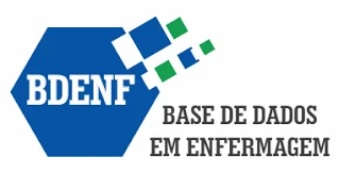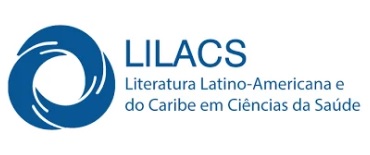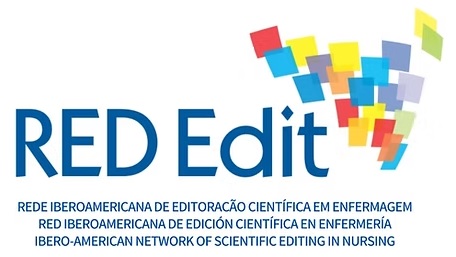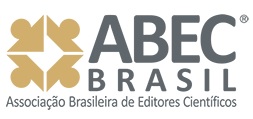Submissions
Submission Preparation Checklist
As part of the submission process, authors are required to check off their submission's compliance with all of the following items, and submissions may be returned to authors that do not adhere to these guidelines.- The contribution is original and unpublished, and is not being evaluated for publication by another journal; otherwise, it must be justified in "Comments to the editor".
- The file with Authors is in according to the Cover Page templates
- The text follows the style standards and bibliographic requirements described in Guidelines for Authors, on the About the Journal page.
- Where available, URLs for the references have been provided.
- The text is in single spacing; uses a 12-point font; employs italics instead of underlining (except for URLs); figures and tables are embedded in the text, not at the end of the document as attachments.
- Main Document Template is according with Main document template
- Compliance fee paid (R$100,00-equivalent in dollar) - Proof of deposit in REPen account 00548 | CP: 8543581-7 Bradesco bank. Insert the name of the Corresponding Author and the Depositor in the File
Artigos originais
Artigos originais: são oriundos de pesquisas originais e inéditas.
Deve-se seguir a estruturação: Introdução, Método, Resultados, Discussão, Conclusão (pesquisa quantitativa) ou Considerações finais (pesquisa qualitativa), e Referências, com os subtítulos todos destacados em negrito no texto. Sua extensão limita-se a 6.500 palavras incluindo as referências e anexos. O número máximo de autores é sete. As pesquisas envolvendo seres humanos, devem atender o disposto na Resolução do Conselho Nacional de Saúde (CNS nº 466/2012 (http://bvsms.saude.gov.br/bvs/saudelegis/cns/2013/res0466_12_12_2012.html).
Revisão de literatura
Revisão de Literatura: é uma avaliação resumida e crítica da literatura, de assuntos que ainda necessitam avançar na compreensão científica do tema. Na sessão Métodos, deve-se descrever o tipo de revisão utilizada: narrativa, integrativa, sistemática, scoping review, com fluxo e estratégias do processo de busca e, categorização dos artigos relacionados na revisão. Os mesmos devem ser apresentados na sessão de Resultados, em forma de quadro, com uma síntese dos artigos encontrados. Na Discussão, deve-se fazer uma reflexão da contribuição da revisão e implicações para a prática profissional. Com no máximo de 8.000 palavras (incluindo Resumos --com no máximo 150 palavras-- e no máximo 50 Referências), com até 10 autores.
Reflexão
Reflexão: Relato sobre uma situação da prática e/ou novidade tecnológica em qualquer instância (assistência, gestão, ensino, pesquisa, extensão), que seja de interesse para os profissionais de enfermagem e que possa ser reproduzida em outros serviços e cenários. Deve conter no máximo 6.200 palavras incluindo resumos --com no máximo 150 palavras--, introdução, objetivo, método, resultados, discussão, considerações finais e 16 referências, até 5 autores.
Relato de experiência profissional
Relato de experiência profissional: Relato de Experiência, Atualização e/ ou Inovação Tecnológica – que descrevam situações da prática e/ou inovação tecnológica no âmbito do ensino, assistência, pesquisa ou gestão/gerenciamento, estratégias de intervenção, avaliação de eficácia, que sejam de interesse para a prática profissional. Máximo 6.000 palavras e 10 referências, incluindo os resumos --com no máximo 150 palavras--, até quatro autores.
Carta ao Editor
Carta ao Editor: máximo 700 palavras.
Relato de implementação de evidências
Relato de implementação de evidências: relato de implementação de melhores evidências científicas em serviços de saúde, segundo a metodologia do JBI. Deve seguir a seguinte estruturação: Introdução, Método, Resultados (que devem incluir os resultados das auditorias de base e de seguimento), Discussão e Conclusão. Limitado a 8.000 palavras (incluindo resumo --com no máximo 150 palavras--, tabelas, figuras e até 35 Referências).
Copyright Notice
Intellectual property
All REPEn content, except where otherwise identified, is licensed under a Creative Commons CC-BY attribution license (https://creativecommons.org/licenses/by/4.0/deed.pt_BR ).
Privacy Statement
The names and email addresses entered in this journal site will be used exclusively for the stated purposes of this journal and will not be made available for any other purpose or to any other party.










